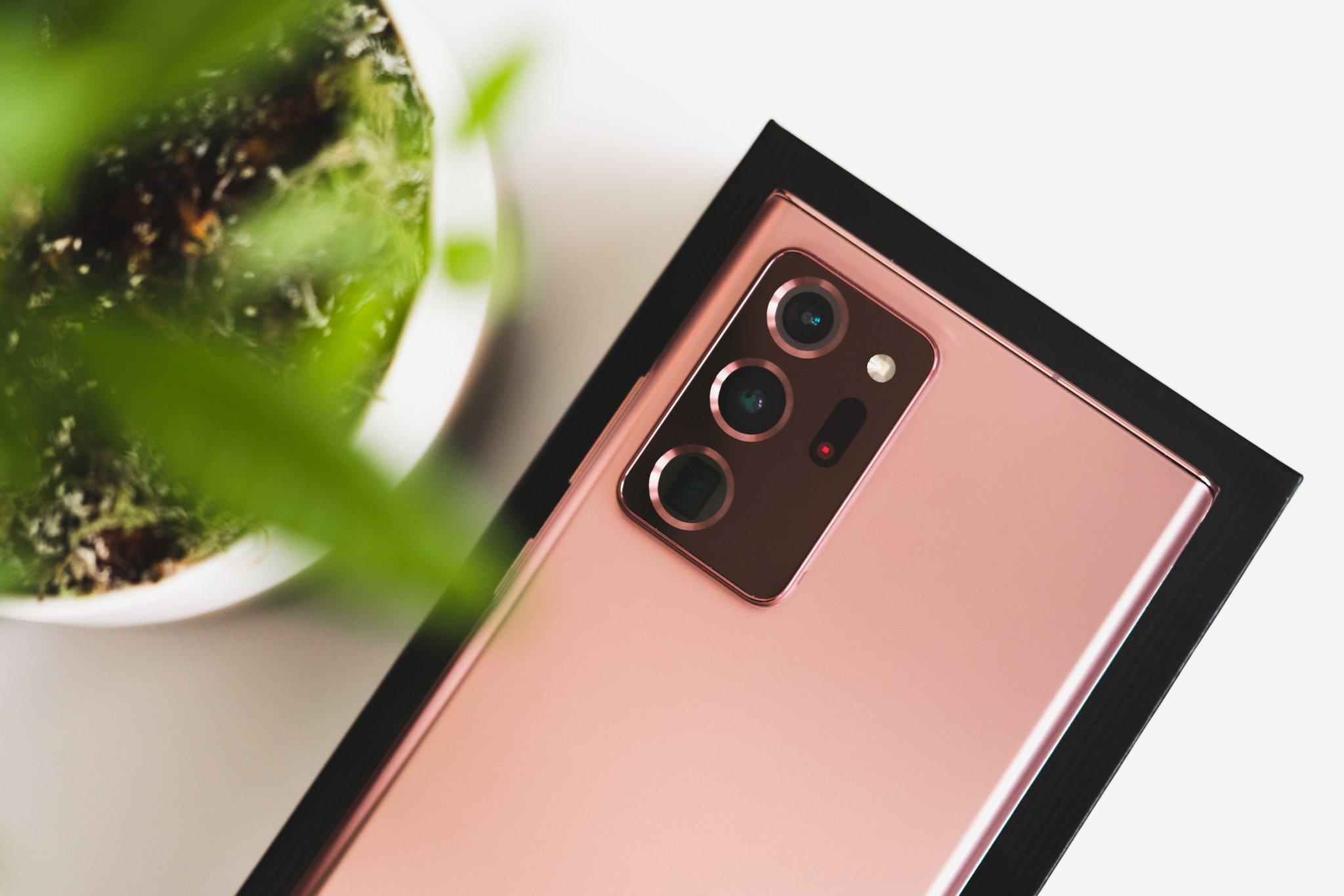Every company (ahem, Google) should embrace big camera sensors in 2021
Computational photography can only do so much with limited hardware.
Smartphone photography has come a long way in the last few years. While professional photographers and videographers certainly aren't ditching their DSLRs, mirrorless, or cinema cameras any time soon, the cameras on our phones are so advanced these days that the vast majority of consumers don't even need to consider buying a dedicated point-and-shoot camera. Whether you're taking selfies with your friends, photos of your kids and pets, or landscape shots on your next vacation, smartphones are more than capable of getting the job done.
The Pixel 5 uses the same tiny sensor Google has been using since the Pixel 2.
In more recent years, we've accredited Google's Pixel line as some of the best Android camera experiences around, offering consistently great imaging under various lighting conditions, particularly excelling in computational photography with AI-powered features like astrophotography and portrait mode. Sure enough, I still use a Pixel 5 every day when I'm not reviewing a new phone, largely because I trust the cameras to do well in any circumstance when I don't have my a7 III handy.
But if we've learned anything from smartphone photography advancements this year, it's that computational photography can only go so far with limited hardware. The Pixel 5 uses the same Sony IMX363 sensor in its main camera that Google has used since the Pixel 2 — a great sensor for its time, but absolutely minuscule compared to the 1/1.33-inch main sensor Samsung used for the Galaxy S20 Ultra and Note 20 Ultra.
That's important because sensor size directly correlates to quite a few factors of your final image. Google's AI-driven portrait mode is generally pretty great (and certainly better than similar features from much of the competition). Still, the Note 20 Ultra's massive sensor can capture shots with a similarly dramatic depth of field organically, complete with real bokeh bubbles in the background. That means no more worrying about poor object separation in your portrait shots; you can't mess up what isn't artificial.
The Pixel is starting to lose its imaging edge.
Having a larger sensor also allows cameras like the Note 20 Ultra to take in more light, performing better in dark settings without needing to flip over into night mode. Of course, that means you're already starting with an advantage if you do need to use night mode, as well.
Generally speaking, I far prefer Google's image processing over Samsung's, the latter of which tends to oversaturate and overexpose, creating a cartoonish look to most photos. I've criticized this processing in nearly all of my Samsung reviews this year. However, I still think the Note 20 Ultra's larger sensor makes it a better overall camera than the Pixel 5. Imagine what a Pixel with a larger sensor could do; Google's image processing and computational photography behind a giant camera sensor that grants it better organic depth, more light intake, and better dynamic range.
It's a bit early for any meaningful Pixel 6 leaks to start making their rounds just yet (the Pixel 5 only just came out, after all). Still, I'm very hopeful that Google decides to include a larger camera sensor next time around. Of course, this doesn't just apply to Google; every manufacturer should strive to improve its phones' cameras, and sensor size plays a major role.
Point and shoot
Google Pixel 5
$699 at Amazon $700 at Best Buy $699 at B&H
The phone I use every day
Google may not have the wide imaging lead it used to, but the Pixel 5 still takes absolutely fantastic photos, with both wide and ultra-wide lenses to choose from. It also runs clean Android 11 software, with years of guaranteed timely software updates.
from Android Central - Android Forums, News, Reviews, Help and Android Wallpapers https://ift.tt/3hpIXVC
via IFTTT

ليست هناك تعليقات: